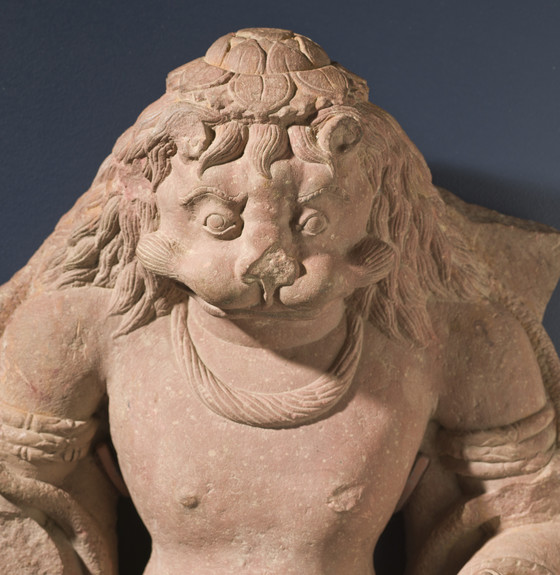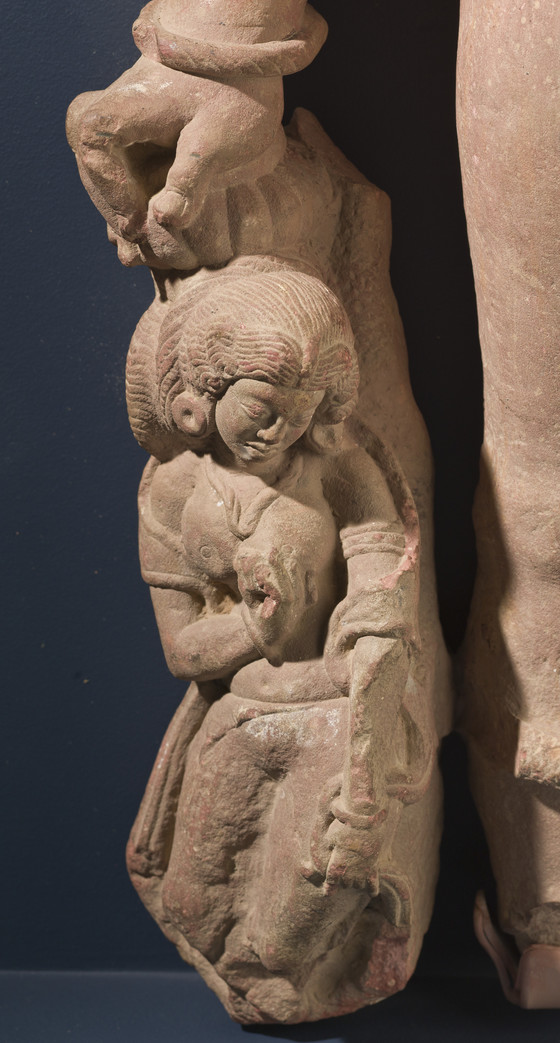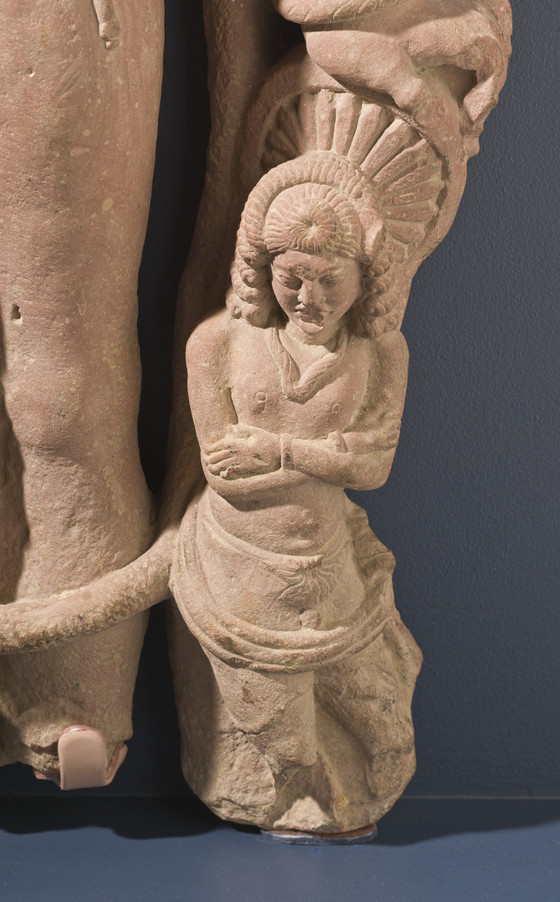Narasimha, the Man-Lion Avatar of Vishnu






Please log in to add this item to your gallery.
View comments
No comments have been posted yet.
Add a comment
Please log in to add comments.
Please log in to add tags.
* Nearly 20,000 images of artworks the museum believes to be in the public domain are available to download on this site.
Other images may be protected by copyright and other intellectual property rights.
By using any of these images you agree to LACMA's Terms of Use.
Narasimha, the Man-Lion Avatar of Vishnu
India, Uttar Pradesh, Mathura region, mid-6th century
Sculpture
Mottled red sandstone
33 1/4 x 18 1/2 x 7 1/2 in. (84.46 x 46.99 x 19.05 cm)
From the Nasli and Alice Heeramaneck Collection, purchased with funds provided by the Jane and Justin Dart Foundation (M.81.90.20)
Not currently on public view


